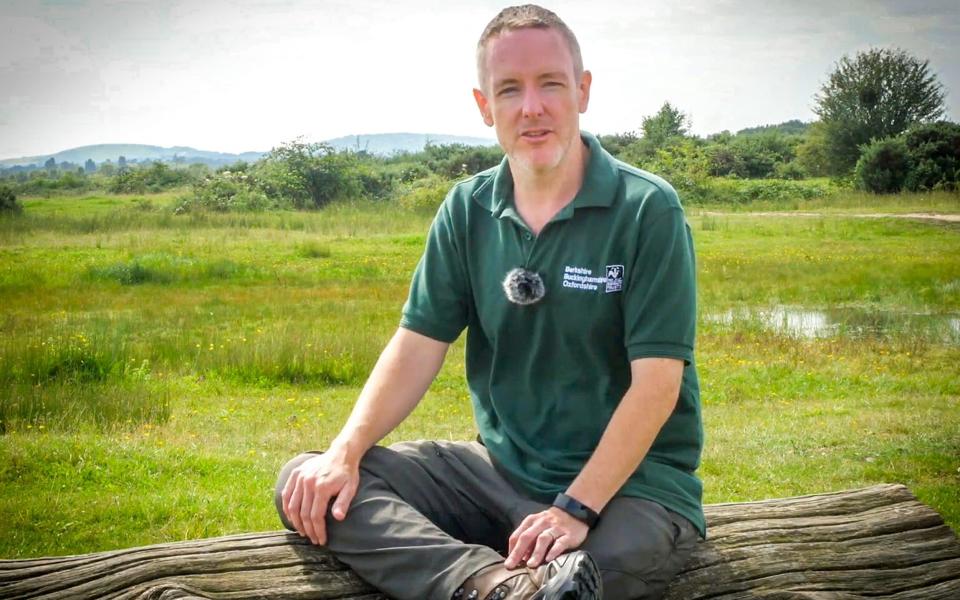Mushroom foraging on the rise amid cost of living crisis

Mushroom foraging is on the rise amid the cost of living crisis, leading wildlife experts to caution the public not to rip up the fungi.
One of England’s leading wildlife trusts issued the warning after reported sightings of “teams of people sweeping across sites with big carrier bags” and discarded mushrooms left scattered on the ground.
Roger Stace, land manager of the Berkshire, Buckinghamshire & Oxfordshire Wildlife Trust (BBOWT), said the rise in foraging this year could be attributed to people trying to make more money by selling the fungi to restaurants and shops.
“We see this problem every autumn but I think it’s worse this year,” he said, adding: “We’ve certainly had more reports - and I suspect that is partly down to the cost of living crisis.
“I also fear commercial foragers are selling stolen fungi to restaurants for money.”
No foraging allowed on BBOWT sites
The charity, which manages 86 nature reserves across the three counties, stressed that it does not allow foraging on any of the sites it manages.
Under the Wildlife and Countryside Act 1981 it remains illegal to dig up or remove a plant, including mushrooms, without permission from the landowner.
The trust said it has evidence of many mushrooms being snapped off and left lying in the group sideways or upside down once foragers realised they are poisonous and not edible.
Mr Stace said: “This year I have seen lots of fungi that have clearly been snapped off, many just left there upside down, so my suspicion is that people were picking it, realising it wasn't edible and leaving it.
“Members of the public have also reported seeing teams of people sweeping across the sites with big carrier bags.”

Although mushrooms and toadstools are only the “fruiting body” of a fungus, and picking them does not kill the organism, the charity has warned it can cause numerous other problems.
For example, mushrooms and toadstools are the reproductive part of the fungus and picking them can stop the fungus from releasing its spores to sustain a healthy population.
Additionally, fungi foraging can remove hugely important sources of food for a host of wild animals and even other fungi in the surrounding woodland.
Mr Stace said: “We are lucky to have some incredibly rare fungus species on our nature reserves and if people aren’t trained they could be picking and destroying these rare species.
“On a commercial scale some of these untrained mushroom pickers just take everything they see and someone else sorts through them afterwards and throws away what they don’t want - including potentially poisonous fungi.
“That in itself is a pretty sad state of affairs but if people do that year after year you could destroy the precious populations of amazing fungi that we and our volunteers have worked for decades to protect such as hedgehog mushrooms, death caps, waxcaps and plums-and-custard.”
He added: “Fungi also benefit their environment in more complex ways. Almost all mushrooms and toadstools above ground are the product of a large, complex network of root-like hyphae below the surface.
“These networks of hyphae can stretch over huge areas in fields and woodlands, sharing resources and even communicating with thousands of other plants, fungi and interacting with countless animals.
“These sprawling networks can be so vast that scientists have coined the phrase Wood-Wide Web to talk about their internet-like natural communication system.”

